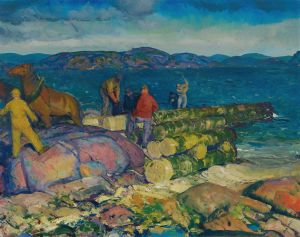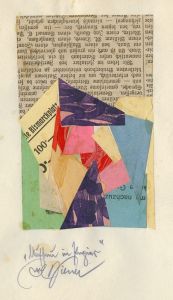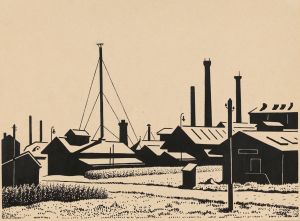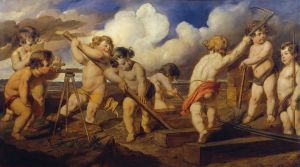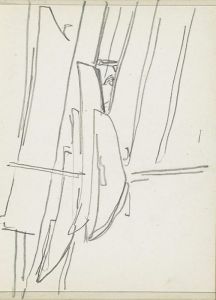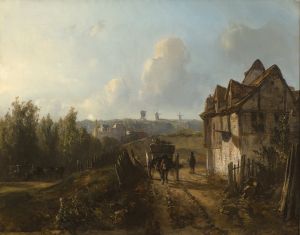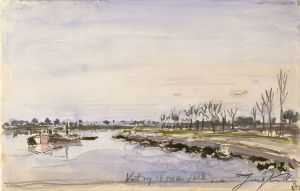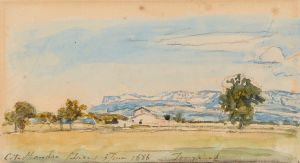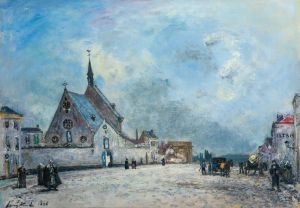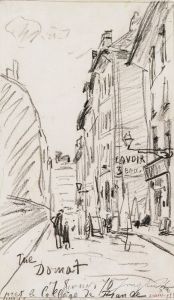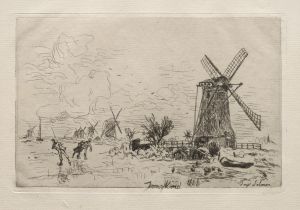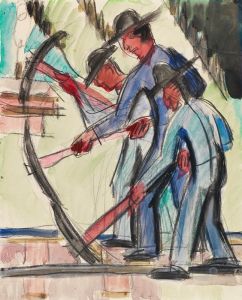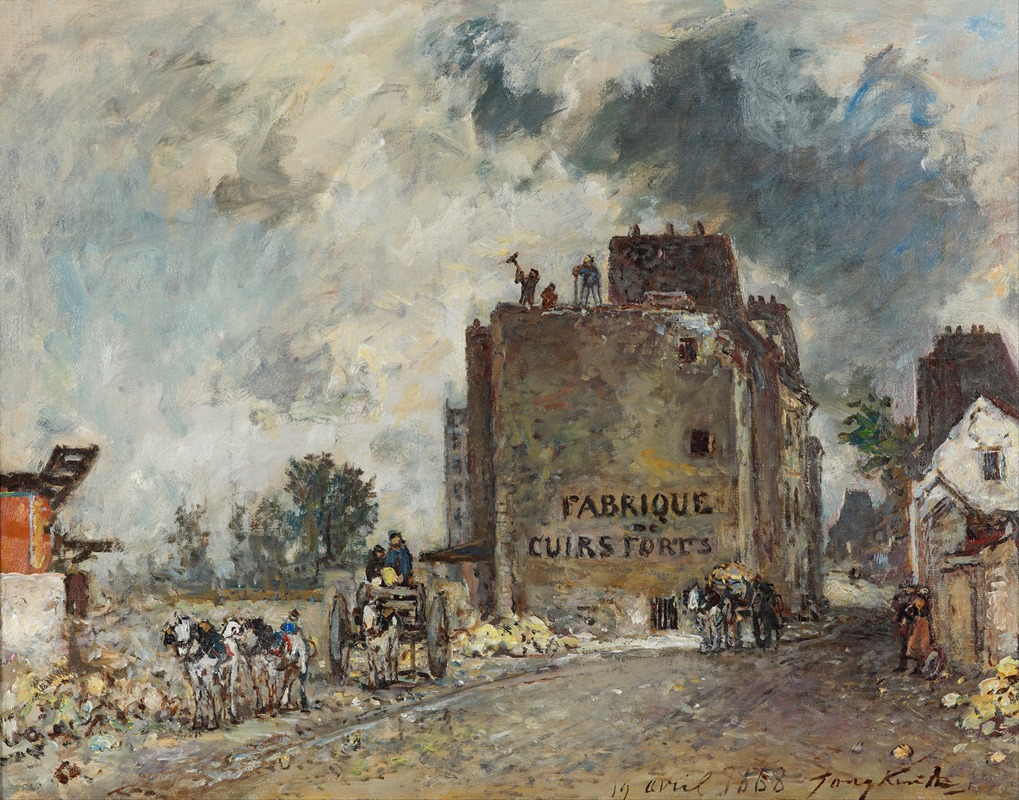
Demolition work in Rue des Franc-Bourgeois St. Marcel
A hand-painted replica of Johan Barthold Jongkind’s masterpiece Demolition work in Rue des Franc-Bourgeois St. Marcel, meticulously crafted by professional artists to capture the true essence of the original. Each piece is created with museum-quality canvas and rare mineral pigments, carefully painted by experienced artists with delicate brushstrokes and rich, layered colors to perfectly recreate the texture of the original artwork. Unlike machine-printed reproductions, this hand-painted version brings the painting to life, infused with the artist’s emotions and skill in every stroke. Whether for personal collection or home decoration, it instantly elevates the artistic atmosphere of any space.
Johan Barthold Jongkind was a Dutch painter and printmaker, known for his significant influence on the Impressionist movement. Born on June 3, 1819, in Lattrop, Netherlands, Jongkind spent much of his career in France, where he developed a unique style characterized by his use of light and color. His works often depicted landscapes, cityscapes, and marine scenes, capturing the essence of his surroundings with a keen eye for atmospheric effects.
"Demolition work in Rue des Franc-Bourgeois St. Marcel" is one of Jongkind's paintings that exemplifies his interest in urban transformation and the changing landscapes of 19th-century Paris. While specific details about this particular painting are scarce, it is consistent with Jongkind's broader body of work, which frequently explored the theme of modernization and the impact of industrialization on the urban environment.
Jongkind's approach to painting was innovative for his time. He often painted en plein air, or outdoors, which allowed him to capture the transient effects of light and weather with immediacy and authenticity. This technique was later adopted by the Impressionists, who admired Jongkind's ability to convey the atmosphere of a scene with loose brushwork and a vibrant palette.
In "Demolition work in Rue des Franc-Bourgeois St. Marcel," Jongkind likely depicted a scene of urban renewal, a common sight in Paris during the mid-19th century. This period was marked by significant changes under the direction of Baron Haussmann, who was tasked with modernizing the city. Haussmann's renovations included the widening of streets, the creation of new boulevards, and the demolition of older, medieval structures to make way for modern infrastructure. Such transformations were a source of fascination for many artists of the time, who sought to document the evolving cityscape.
Jongkind's ability to capture the essence of a moment in time is evident in his treatment of light and shadow, as well as his attention to architectural details. His paintings often feature a dynamic interplay between natural and artificial elements, reflecting the tension between tradition and progress that characterized the era.
Although Jongkind was not as commercially successful during his lifetime as some of his contemporaries, his work was highly regarded by fellow artists, including Claude Monet, who considered him a mentor and a key influence on the development of Impressionism. Jongkind's legacy is evident in the way he bridged the gap between the Romantic landscape tradition and the emerging Impressionist movement, paving the way for future generations of artists to explore new techniques and perspectives.
Today, Jongkind's paintings are celebrated for their pioneering approach to capturing the fleeting effects of light and atmosphere. "Demolition work in Rue des Franc-Bourgeois St. Marcel" stands as a testament to his keen observational skills and his ability to convey the spirit of a rapidly changing world through his art. His contributions to the art world continue to be recognized and appreciated, securing his place as a pivotal figure in the history of modern painting.





